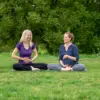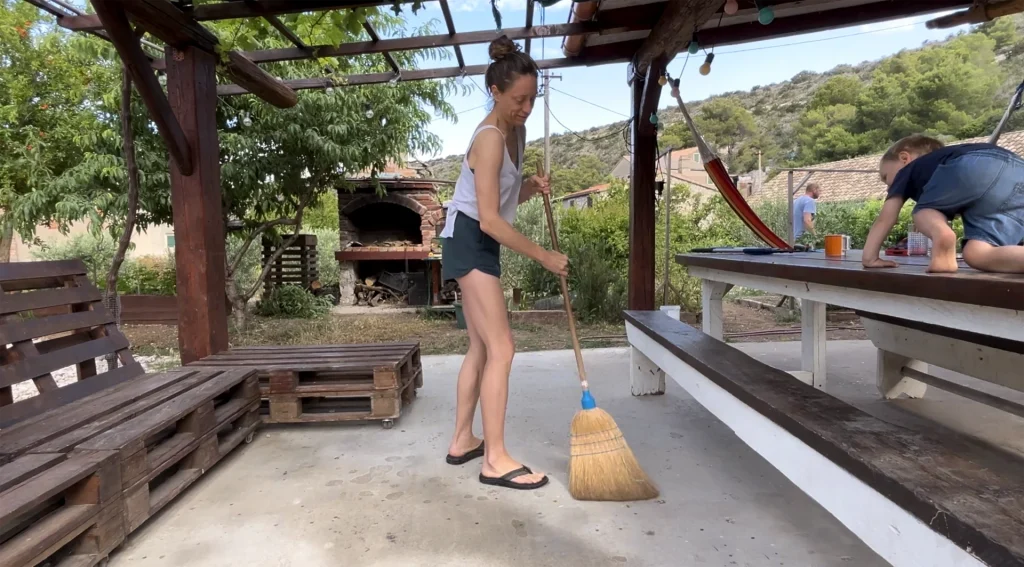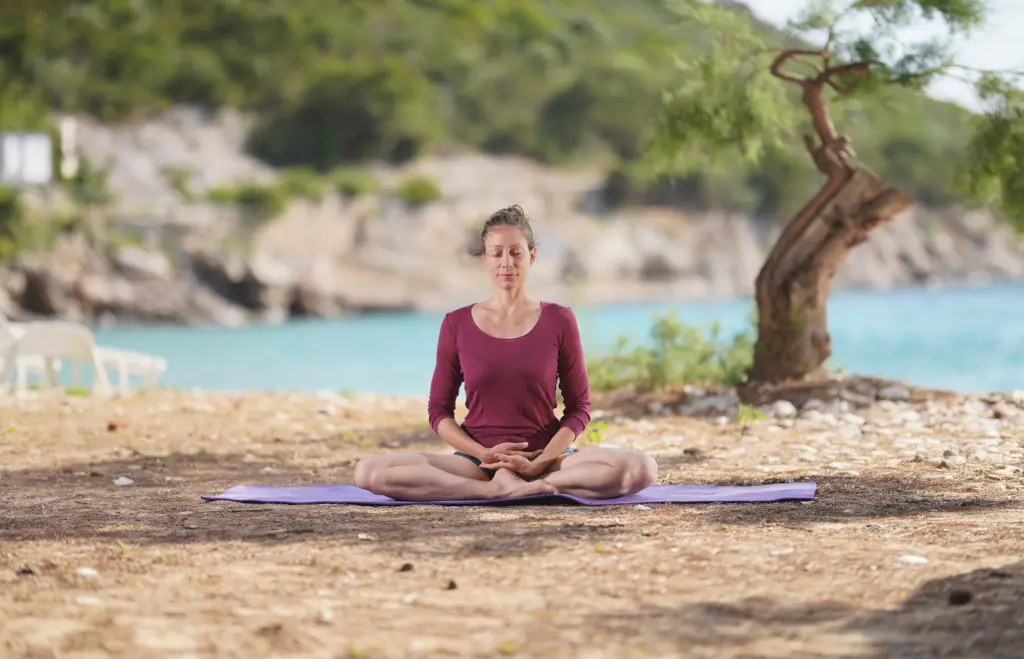Sound critical thinking
In body meditation, we learn to separate what we directly feel from what we have thought and concluded about it.
In the evolution of the brain, the primitive, so-called reptilian brain and the limbic system, which receives impulses from the body, first developed. Through the signals we receive through our senses, we recognize objects and situations, attribute emotional value to them, and assess risk in a split second. The limbic system regulates biological functions in accordance with our mood, such as, for example, rapid heartbeat and sweating caused by feelings of nervousness. Likewise, our emotions awaken biological functions, for example, we blush when angry, our blood pressure rises, we feel heat in our body or parts of our body…
When the frontal cortex, the intellectual part of the brain, which makes us “more advanced” than other mammals, developed, critical thinking, the judging aspect of the mind, also developed with it. It allows us to recognize what we feel and evaluate it. We have the ability to distinguish – if I act like this, this will be the result, is it good or bad for me? This is how we learned to cultivate our environment, defend ourselves, cooperate, etc. We thought through successes and mistakes and followed success, a scientific approach. A great thing in itself, but it is very important to see how we apply this ability to criticize. When we consciously think critically, we can do constructive things, but if we unconsciously (without the possibility of choice) criticize ourselves, others and the environment and act from critical thoughts, we can harm ourselves.
A small “brain evolution” occurs with the birth of each of us, a newborn cannot calculate when and how to express pain or pleasure, emotions are expressed directly – it cries for pain, it laughs for pleasure. The baby reacts automatically to body stimuli and shows them immediately. As we grow, we learn to evaluate what we feel, value bodily sensations and be able to manipulate. We learn this according to the instructions of adults, through the conditions in which we grow up, under the influence of the character with which we were born. This combination of all the circumstances in which we have developed becomes our automatism, it becomes “I” and “the normal”, the positive and negative habits of the nervous system – our character.
For a joyful and free life, we need to break the automatism of bad habits and toxic criticism of our mind.
In order for the cooperation of our “body and mind” – “hind and front” brains to be constructive, we embark on the path of awareness. In body meditation, we return to the feeling of the body, listening to body language at the level of emotions and bodily sensations, it is the first and most sincere language that we need to (re)understand. We train the front part of the brain to be a wise and reasonable observer of what is happening in the body and to be able to consciously assess with hindsight what is best to do at a given moment.
When we meditate with the body (Somatic meditation), we become connected to bodily sensations and what is currently happening in the body. This way we can more easily become aware of when impulses come from the frontal cortex, see which criticisms we associate with what we have felt with our bodies or recognized with our senses, and we can distinguish which of those thoughts we no longer want to react to.
The only way to break a habit (habit = the path of nerve impulses and the work of parts of the brain) is to stop reacting to it, to stop repeating it. It is not that we pretend it does not exist, but that we no longer give these thoughts strength, we literally no longer believe them. The easiest way to not believe thoughts is to return to the body, to the feeling of bodily sensations that were the trigger for the critical thought. When we learn to resist the seduction of automatic thoughts, we have the option of choosing conscious critical thinking. We can decide – “I do not want to have bad thoughts about this person even though they occur to me by themselves, can I see that this person is actually unhappy and perhaps seeking attention with their behavior” – we develop compassion instead of judgment. Over time, it becomes easier to separate what we feel directly with our body (primary brain) from what we have thought and concluded about it (frontal cortex), and it becomes easier to decide what we want to think and conclude and how to view ourselves and the world around us.
Wherever we go, we carry our mind and the way it functions (it experiences itself and its surroundings), so by becoming aware and having the ability to choose, we make a big difference in the quality of our lives. This is our path to self-discovery and a true “awakening of consciousness”.
Mindful yoga and meditation on embodiment or body awareness is a way to catch a critical thought, see what emotion and physical sensation it is connected to, and when we feel like automatically reacting to it, this time, while meditating, we just observe and feel its expression in the body. Try it:




